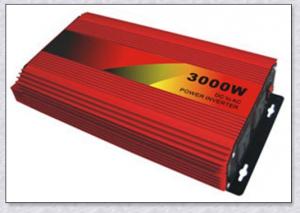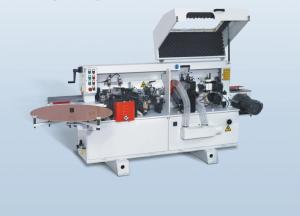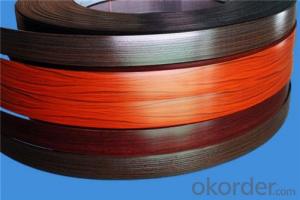Solar Edge Inverter
Solar Edge Inverter Related Searches
Ac Inverter For Solar Panels Solar Panel With Ac Inverter Gas Furnace With Ac Panda Hot Water Bottle Cover Minion Hot Water Bottle Cover Abb Solar Water Pump Inverter Solar Water Pump Philippines Extra Long Hot Water Bottle Solar Panel Dc To Ac Inverter Old Fashioned Hot Water BottleHot Searches
Solar Edge Inverter For Sale Fiberglass Scaffolding For Sale Fiberglass Panels For Sale Fiberglass Greenhouses For Sale Type Of Scaffolding With Pdf Solar Inverter With 2 Battery Pedestal Fan With Water Spray Price Mini Inverter With Battery Online Shopping Solar Edge Inverter Price Ceiling Fan Lowest Price Solar Edge Inverter Sizes Type Of Inverter For Solar Types Of Inverter For Solar Used Solar Inverter For Sale Inverter Size For Solar System Solar Edge Inverter For Sale 5kw Solar Inverter For Sale Solar Inverter For Sale Solar Inverter For Battery Solar Inverter For Split AcSolar Edge Inverter Supplier & Manufacturer from China
Okorder.com is a professional Solar Edge Inverter supplier & manufacturer, offers integrated one-stop services including real-time quoting and online cargo tracking. We are funded by CNBM Group, a Fortune 500 enterprise and the largest Solar Edge Inverter firm in China.Hot Products
FAQ
- Yes, a solar inverter can be used for residential applications. A solar inverter is an essential component of a residential solar energy system as it converts the direct current (DC) generated by solar panels into usable alternating current (AC) electricity that can power household appliances and be fed back into the grid.
- Yes, a solar inverter can be used with different types of solar charge controllers as long as they are compatible in terms of voltage and communication protocols. However, it is important to ensure that the solar inverter and charge controller are properly matched to ensure optimal performance and safety.
- The role of a solar inverter in a solar-powered telecommunications system is to convert the direct current (DC) produced by the solar panels into alternating current (AC) that can be used to power the telecommunications equipment. It also ensures that the AC power is stable and at the necessary voltage and frequency for the proper functioning of the system.
- The role of a solar inverter in a battery storage system is to convert the direct current (DC) electricity produced by the solar panels into alternating current (AC) electricity that can be used to power household appliances and charge the battery. It also manages the flow of electricity between the solar panels, battery, and the grid, ensuring optimal utilization of the stored energy and facilitating grid interaction when necessary.
- The role of a solar inverter in a net metering system is to convert the direct current (DC) produced by the solar panels into alternating current (AC) that can be used to power appliances in a home or business. It also ensures that any excess electricity generated by the solar panels is fed back into the grid, allowing the user to earn credits or be compensated for the excess energy.
- Yes, a solar inverter can be used in areas with unstable grid connections. Solar inverters are designed to convert the DC power generated by solar panels into AC power that can be used to power electrical devices or be fed back into the grid. In areas with unstable grid connections, a solar inverter can help stabilize the power supply by switching to off-grid mode when the grid connection is unstable or completely lost. This allows the solar system to continue generating and supplying power to the connected loads even during grid outages or fluctuations.
- The role of a solar inverter in voltage support is to convert the direct current (DC) produced by solar panels into alternating current (AC) that can be used by the electrical grid. Additionally, it helps regulate and stabilize the voltage levels, ensuring that the electricity generated from solar power is compatible with the grid's voltage requirements.
- A solar inverter can have a significant impact on the overall system cost. It is an essential component that converts the direct current (DC) produced by solar panels into alternating current (AC) that can be used by electrical appliances and fed into the grid. The quality and efficiency of the inverter play a crucial role in optimizing the energy production and overall performance of the solar system. High-quality inverters tend to be more expensive but can enhance the system's reliability, lifespan, and energy yield. Therefore, while a solar inverter does add to the system cost, investing in a reliable and efficient one can result in long-term benefits and returns by maximizing the system's overall performance.















































